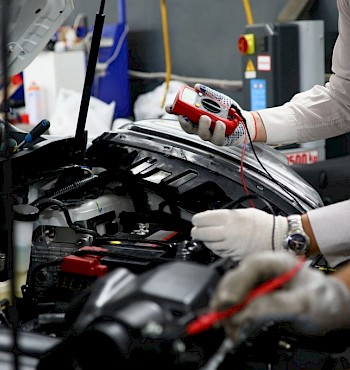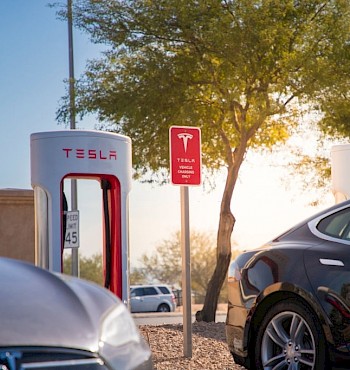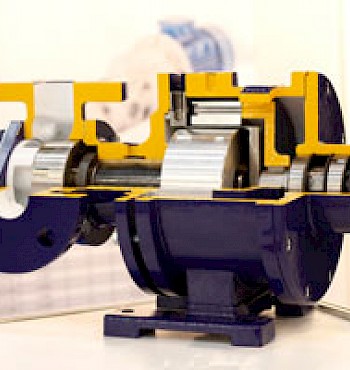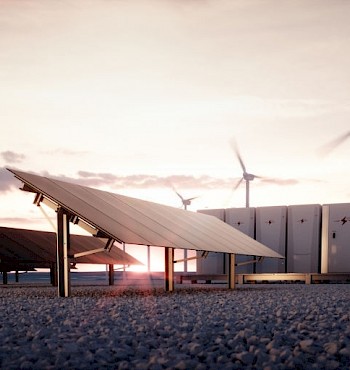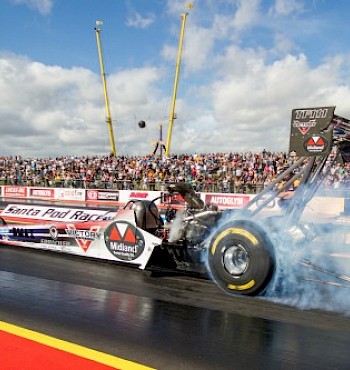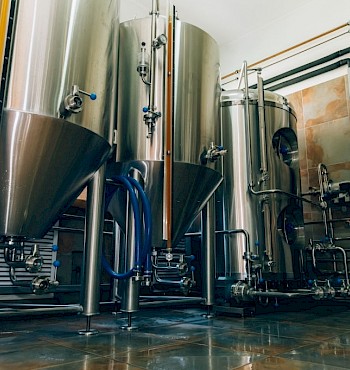Eclipse Magnetics understands the needs of power generation customers to design commercially viable permanent magnet generator solutions that have reduced weight, high power density, compact design, longer service life, reduced cost and higher efficiency. This even includes Rare Earth free design replacements. Whether the application is for magnetically balancing rotors, designing out rare earth neodymium magnets using ferrite or ceramic magnets, increasing power density by miniaturisation, enhanced flux concentration at the poles, designing pancake generators and canister generators, or reducing flux leakage, Eclipse Magnetics will help you achieve your solution.
We can magnetically balance the rotors (as well as mechanically balance the rotors) to give less back emf variation between phases to help simplify the power electronics circuitry. We like to use mutual NDA. We design to meet requirements for pull forces, torques, field strengths, temperature, sensor specifications, etc.
Our magnetic solutions include weight reduction, miniaturisation, higher efficiency, greater holding force, improved pull versus distance, cost reduction and even reduction of rare earth material use. We have Dr Ewan Goodier, an Electronic & Electrical Engineer with a PhD in the field of motor designs using magnets, to assist with your application design and technical support. Our manufacturing also allows us to supply our solutions with PPAP and C of C. We also offer methods to allow for better recyclability to help meet WEEE requirements. We can also hold stock in the UK for guaranteed fast call off supply.


 UK
UK 

